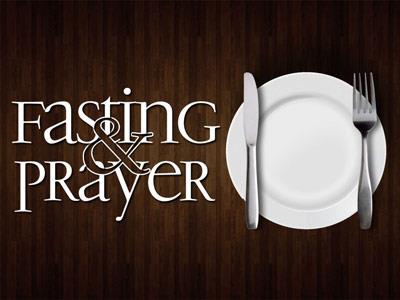-
Betrayal Series
Contributed by Michael Stark on Nov 28, 2017 (message contributor)
Summary: How we respond when we fail God reveals who we are.
“Jesus … went out with his disciples across the brook Kidron, where there was a garden, which he and his disciples entered. Now Judas, who betrayed him, also knew the place, for Jesus often met there with his disciples. So Judas, having procured a band of soldiers and some officers from the chief priests and the Pharisees, went there with lanterns and torches and weapons. Then Jesus, knowing all that would happen to him, came forward and said to them, ‘Whom do you seek?’ They answered him, ‘Jesus of Nazareth.’ Jesus said to them, ‘I am he.’ Judas, who betrayed him, was standing with them. When Jesus said to them, ‘I am he,’ they drew back and fell to the ground. So he asked them again, ‘Whom do you seek?’ And they said, ‘Jesus of Nazareth.’ Jesus answered, ‘I told you that I am he. So, if you seek me, let these men go.’ This was to fulfill the word that he had spoken: ‘Of those whom you gave me I have lost not one.’ Then Simon Peter, having a sword, drew it and struck the high priest’s servant and cut off his right ear. (The servant’s name was Malchus.) So Jesus said to Peter, ‘Put your sword into its sheath; shall I not drink the cup that the Father has given me’” [JOHN 18:1-11]?
“As Peter was below in the courtyard, one of the servant girls of the high priest came, and seeing Peter warming himself, she looked at him and said, ‘You also were with the Nazarene, Jesus.’ But he denied it, saying, ‘I neither know nor understand what you mean.’ And he went out into the gateway and the rooster crowed. And the servant girl saw him and began again to say to the bystanders, ‘This man is one of them.’ But again he denied it. And after a little while the bystanders again said to Peter, ‘Certainly you are one of them, for you are a Galilean.’ But he began to invoke a curse on himself and to swear, ‘I do not know this man of whom you speak.’ And immediately the rooster crowed a second time. And Peter remembered how Jesus had said to him, ‘Before the rooster crows twice, you will deny me three times.’ And he broke down and wept” [MARK 14:66-72]. [1]
Don and Carol Richardson lived among the Sawi people of Irian Jaya Indonesia. These Stone Age people were head hunters and cannibals, living a life marked by fear and violence. Only one thing could prevent the continual war between the various tribal factions—a tarop tim, a Peace Child. [2] No greater betrayal could be imagined than that one should betray a Peace Child. This was the ultimate betrayal; it would ensure war between those betraying the peace and those betrayed. Observing this cultural ritual, Don Richardson was able to break through the dark veil that obscured the vision of the tribal people to communicate God’s love, evidenced in sending His own Son to be the Peace Child.
Jesus Betrayed! The words speak of one of the darkest sins recorded in the Word of God. Nor should any believer imagine that this event occurred but once, never to be repeated. Tragically, professed followers of the Son of God betray the Saviour on an ongoing basis. Betrayal of the Son of God must lead to one of two conditions—eternal damnation or repentance and restoration to fellowship with God. Either one must be forever condemned, or one will be forgiven and accepted by God. The outcome lies with the one who betrays the Son of God.
The Bible actually records two betrayals at the time of the Master’s Passion. One betrayal resulted in eternal condemnation, the death of the betrayer and the transmogrification of the betrayer’s name into a term of opprobrium, assuring that Judas will remain marked by ignominy for all time. The other betrayal, perhaps more dishonourable than that of Judas’, brought the betrayer to repentance and forgiveness. How did these two betrayals take place? Why did they have such dramatically different results? These questions require answers that will lead us into examining our own relationships to the Master.
JESUS BETRAYED — The redeemed people of God are forever set free from condemnation. Thus freed, they need no longer live in fear—they are assured of acceptance in the Beloved Son and they shall never be rejected when they come into the presence of the True and Living God. It seems strange, incongruous, even bizarre to think that one who has received such a rich gift as the forgiveness of sin and acceptance before the Father would betray the One who redeemed her. However, such does happen. How does it happen?
Perhaps it will assist us in understanding the answer to this question if we will review the steps of each of these individuals who betrayed the Master. Let’s look at Judas first. Among the Twelve was an individual named Judas Iscariot. It is fascinating to note that each of the lists of the Twelve names Judas last, usually with the notation that he betrayed Jesus. [3] “Iscariot” is an Aramaic word meaning, “Man of Kerioth.” Kerioth was a town near Hebron. We know his father was named Simon [see JOHN 6:71; 13:2, 26]. It would appear, therefore, that because he was from Kerioth, Judas was the only disciple to have come from Judea.

 Sermon Central
Sermon Central



